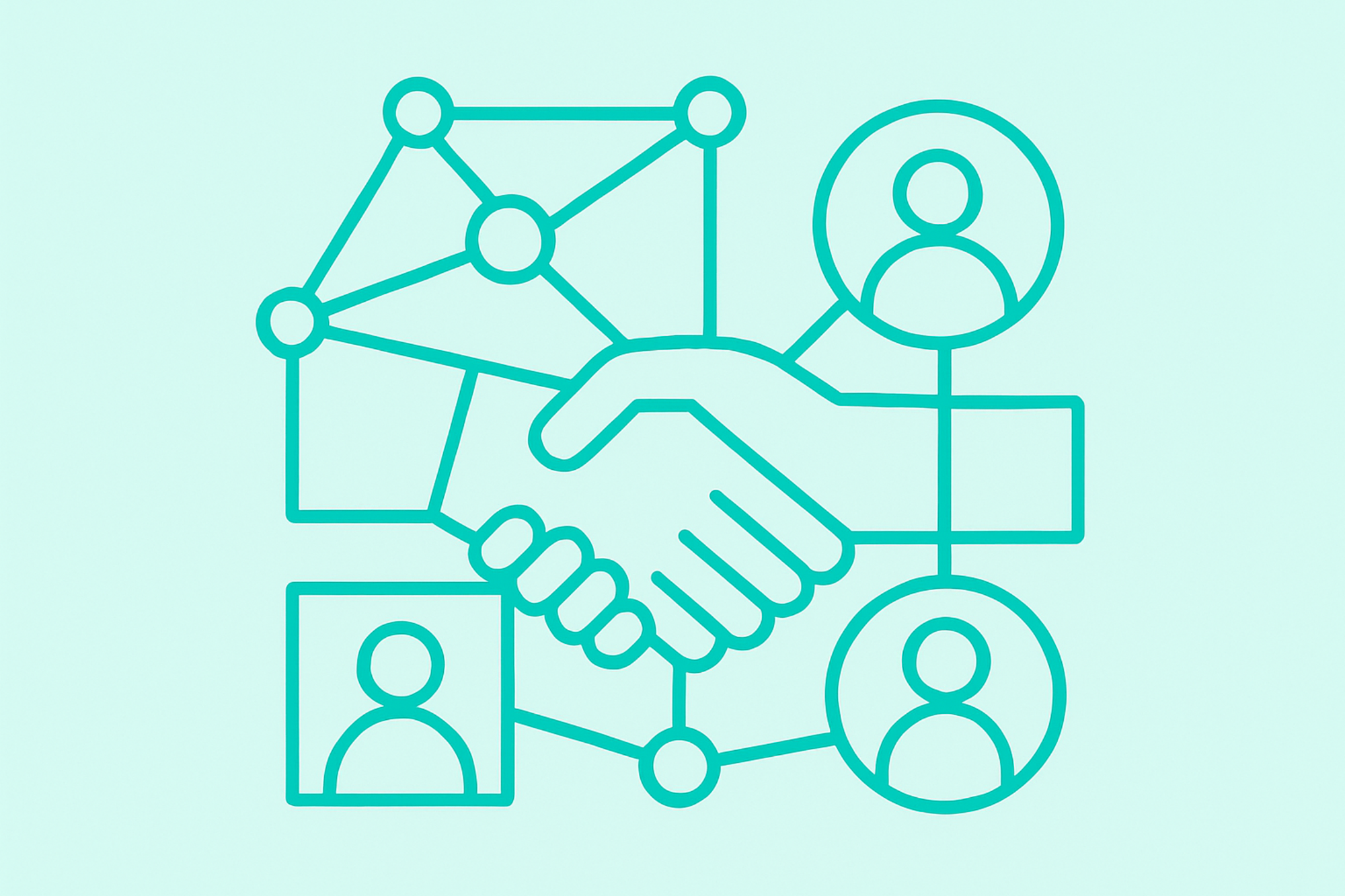AI's Next Act: Agents, Benchmarks, and the Human Element

AI is now less a realm of future shock and more a pulse that runs through everything: work, research, creativity, even our transport and healthcare systems. This week’s constellation of blog posts marks a turning point where agentic workflows, supercharged performance benchmarks, daring investments, and humble beginner projects all paint a picture of AI as both deeply embedded and strangely accessible. There’s optimism around collaboration—both human-to-human and human-to-machine—even as the economic, social, and ethical questions swirl with renewed intensity.
Agents on Parade: The Many Faces of Agentic AI
Agentic AI has shifted from theoretical musings to industrial-scale deployment (Gupta, 2025). Instead of monolithic models, multi-agent workflows divvy up tasks in relay fashion—think less HAL 9000, more a committee of super-intelligent clerks. LangGraph, CrewAI, IBM Watson, and Amazon Bedrock AgentCore all provide distinct flavors from high-code flexibility to no-code, enterprise-ready solutions. The upshot: AI’s future won’t be about letting The One True Model run amok, but setting up networks that mirror the distributed nature of real organizations—messy, collaborative, and in need of more than a few guardrails.
Meanwhile, KDnuggets’ hands-on guide to DIY agent projects (Mehreen, 2025) shows there’s plenty of fun (and utility) to be found even for total beginners. AI needn’t remain in the ivory tower or the Fortune 500; it can book your meetings, help you code, or assemble research notes—provided you’re comfortable tinkering.
Benchmarks for Reality: OpenAI’s GDPval and the Future of Work
Attempting to answer the perennial is-the-robot-coming-for-my-job question, OpenAI’s GDPval drops the charade of academic multiple-choice and finally grades AI the way the real world does: by task, side-by-side with humans (Sankrityayan, 2025). The verdict: models like Claude Opus 4.1 and GPT-5 are matching or exceeding human work in nearly half the test cases, especially in document creation and multi-step tasks. The jobs debate now feels less like science fiction and more like filling out a spreadsheet—machines are here, but oversight, creativity, and judgment are sticking around as the premium human skills.
Supercomputers, Superdrugs: Accelerating Science
MIT’s Lincoln Lab celebrates the arrival of TX-GAIN, an AI supercomputer whose output floats somewhere between “miracle worker” and "fast-forward button for research" (Foy, 2025). While this scale of computation isn’t for the faint of wallet, its democratization—for researchers regardless of supercomputing expertise—is the larger story.
Not far away, MIT CSAIL and McMaster prove that AI isn’t just about beating benchmarks—it’s speeding up the entire drug discovery process. With generative models like DiffDock, they map how new antibiotics work in a matter of months, not years (Gordon, 2025). Narrow-spectrum treatments become possible, holding promise for combating both chronic illness and antimicrobial resistance, all while AI helps sidestep the lab bottlenecks of yesteryear.
Infrastructure and Innovation: Google’s Jules and Europe’s Gamble
On the ground, Google continues to fold AI into the scaffolding of work—Jules, the collaborative coding agent, now extends into CLI, APIs, and memory features meant to turn AI into a dependable teammate (Korevec, 2025). This reflects a broader insight: as AI grows more powerful, the battle shifts from "what can it do?" to "how do we work with it, safely and efficiently?"
Europe, meanwhile, stands at a crossroads—spurred by leaders who fear being left behind in the self-driving car race (Borg, 2025). Cultural sensibilities—romance of the road versus algorithmic logic—may become the final hurdle, not technology. The question isn’t just who writes the code, but whether anyone wants to give up the wheel.
Gems and Gimmicks: The Democratization of AI Study and Creation
The tension between "hidden gem" and "gimmick" runs through tools like ChatGPT’s Study Mode (Gulati, 2025): active, adaptive learning or just another way to trick you into thinking you’re learning more? The best use, predictably, comes from active tinkerers willing to question the answers they’re given—yet the prospect of personalized, on-demand tutoring for the world remains tantalizing.
The startup race continues on, too—Germany’s Black Forest Labs is now flirting with a $4B valuation on the strength of its generative image models (Borg, 2025). But the real drama isn’t the dollar signs, but the clash between technical innovation and cultural consequences: as AI-generated personas invade art and media, who decides what counts as real—artists, engineers, or audiences?
Conclusion: The Pendulum Swings, But Who’s Setting the Pace?
Across all these posts, the central theme is not the replacement of humans, but the re-negotiation of our roles—sometimes excitingly, sometimes exhaustingly. Multi-agent workflows provide blueprints for scale, but still hinge on human guidance and creativity. Benchmarks like GDPval clarify where AI excels and where we must keep our grip on the wheel. As ever, the challenge is ensuring these tools work for everyone, not just those with the biggest checkbook or the loudest lobby. The future is agentic, collaborative, and—at least for now—pretty wide open.
References
- Gupta, K. (2025). Mastering the Multi-Agent Workflow: A Guide to Agentic AI.
- Borg, M. (2025). Europe at a Crossroads: Von der Leyen Demands AI-Driven Car Revolution.
- Gulati, J. (2025). Is ChatGPT Study Mode a Hidden Gem or a Gimmick?
- Foy, K. (2025). Lincoln Lab unveils the most powerful AI supercomputer at any US university.
- Korevec, K. (2025). Jules introduces new tools and API for developers.
- Borg, M. (2025). German AI Startup Black Forest Labs Eyes $4B Valuation Amid Generative Tech Boom.
- Gordon, R. (2025). AI maps how a new antibiotic targets gut bacteria.
- Mehreen, K. (2025). 5 Fun AI Agent Projects for Absolute Beginners.
- Sankrityayan, V. D. (2025). OpenAI GDPval: A New AI Benchmark for the Future of Work.
